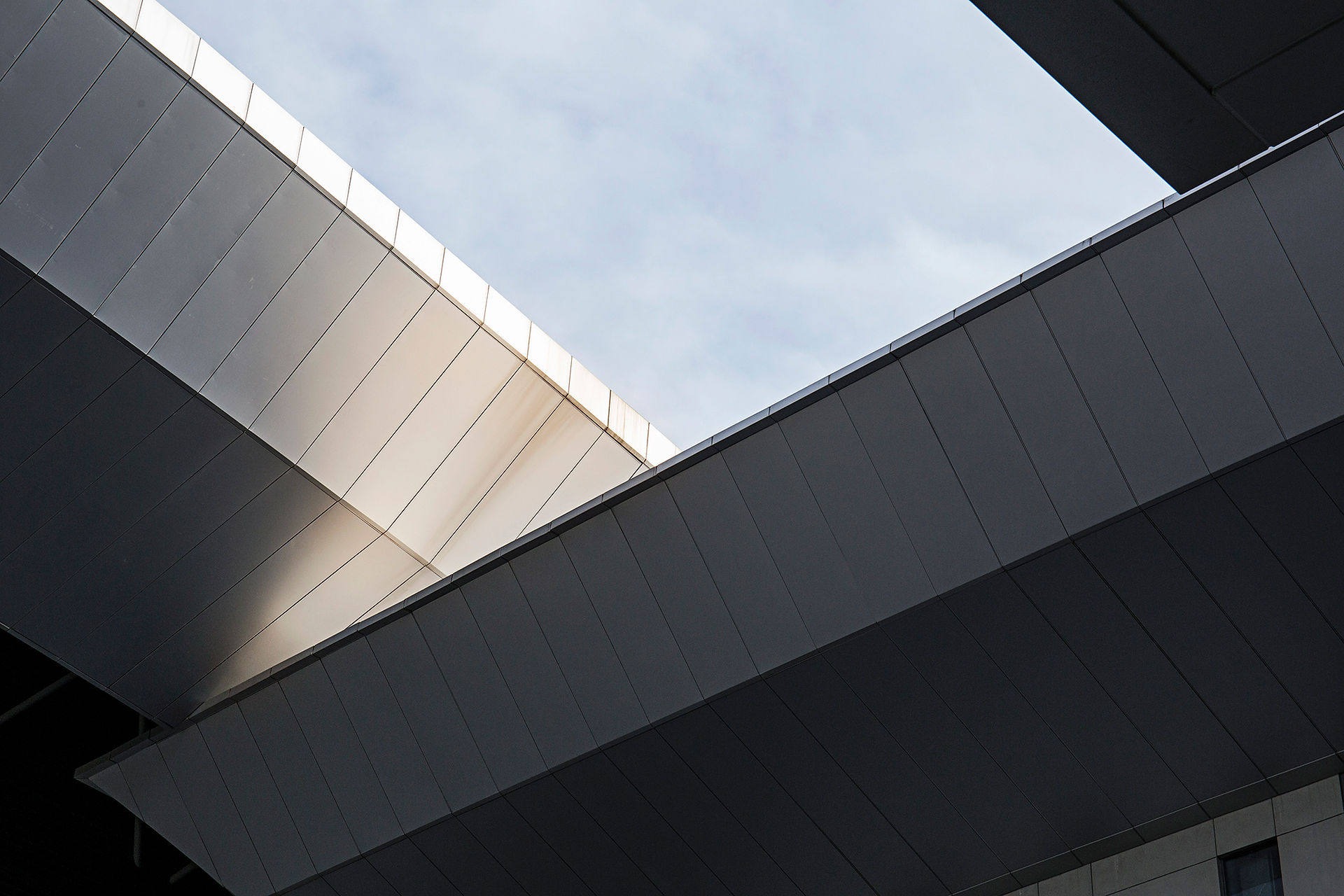
Assignment 1 : Creative Approach – Assessing Daylight & Thermal Comfort at Modern Houses
In the first assignment, students in a group of five were tasked with developing creative solutions to improve daylight and thermal comfort in a selected modern house. Modern houses often lack natural light and thermal comfort, leading to increased use of artificial lighting and mechanical cooling, raising utility costs. Passive design, which uses natural climate conditions for comfort without mechanical systems, offers an energy-efficient solution that reduces costs and emissions.
Students conducted fieldwork, including data collection and observation, to enhance these aspects, possibly using relevant phone apps for data gathering.
process (what i've done)




Step 1: Group Formation
-
Form a group of FIVE (5) students as per the preselected list assigned by the tutor.
Step 2: House Selection
-
Choose ONE (1) type of house: i) Corner lot of a double-storey terraced house ii) Double-storey semi-detached house Note: Personal houses can also be chosen.
Step 3: Space Selection
-
Select ONE (1) space per issue: i) Daylighting issue ii) Thermal Comfort issue Note: A space with issues on both daylighting and thermal comfort is acceptable.
Step 4: Issue Identification
-
Identify and document issues related to daylighting and thermal comfort in the chosen space/spaces.
-
Include relevant photographs to highlight the identified issues.
Step 5: Data Collection
-
Obtain secondary data such as:
-
Sun Path chart
-
Psychometric chart
-
Relevant climatic data (precipitation, temperature, etc.)
-
-
Daylighting Data Collection:
-
Use a lux meter or smartphone application to record Lux readings.
-
Take readings at designated times: 9am, 1pm, 6pm.
-
Record readings using grid lines drawn on the space floor layout.
-
Ensure windows are opened during the readings.
-
Thermal Comfort Data Collection:
-
Measure the temperature in the chosen space FIVE (5) times per day:
-
7am, 10am, 2pm, 6pm, 9pm.
-
Record readings at a single point in the space.
-
Ensure windows are opened during the readings.
Step 6: Data Presentation
-
Tabulate all findings neatly on the floor layout of the chosen space or superimpose graphs with the building section.
Step 7: Passive Design Ideation
-
Propose ideas for implementing passive design to improve daylighting and thermal comfort.
-
Take relevant photographs before (current condition) and after (with passive design intervention) and superimpose them using tools like Photoshop or Canva.
-
Include at least one idea each for daylighting and thermal comfort improvement.
-
Support your ideas with relevant drawings and sketches.
Step 8: Board Preparation
-
Prepare TWO (2) A2 size boards:
-
Include all group members’ names, student IDs, Course Name, and University Logo.
-
Boards can be either portrait or landscape orientation.
-
Enhance with more infographics for clarity.
-
presentation boards outcome (pdf)
reflection
Working in a group of five on this assignment provided valuable insights into the complexities of designing for daylighting and thermal comfort in modern houses. The hands-on data collection, using tools like the lux meter and smartphone applications, was particularly enlightening. It allowed us to assess and understand the challenges faced in maintaining optimal daylighting and thermal conditions.
Identifying issues and proposing passive design solutions required a blend of creativity and technical knowledge. The process of visualizing our design interventions through before-and-after photos in Photoshop was rewarding and emphasized the importance of clear communication in architectural design.
Overall, this assignment was a comprehensive learning experience that deepened our understanding of practical design challenges and enhanced our teamwork, research, and presentation skills.